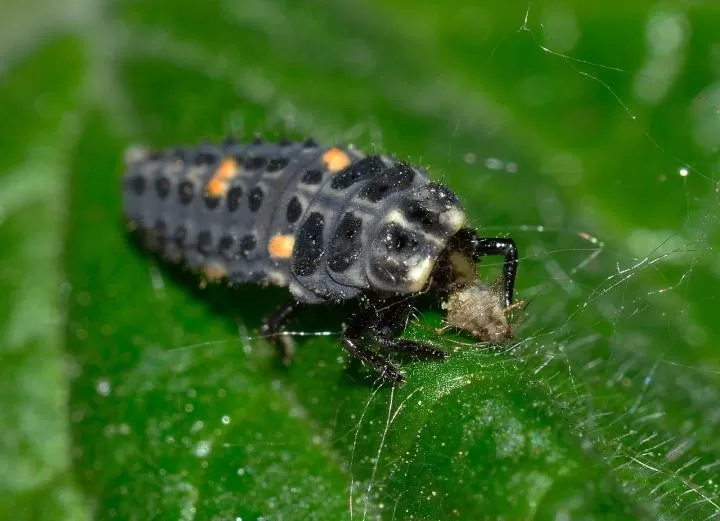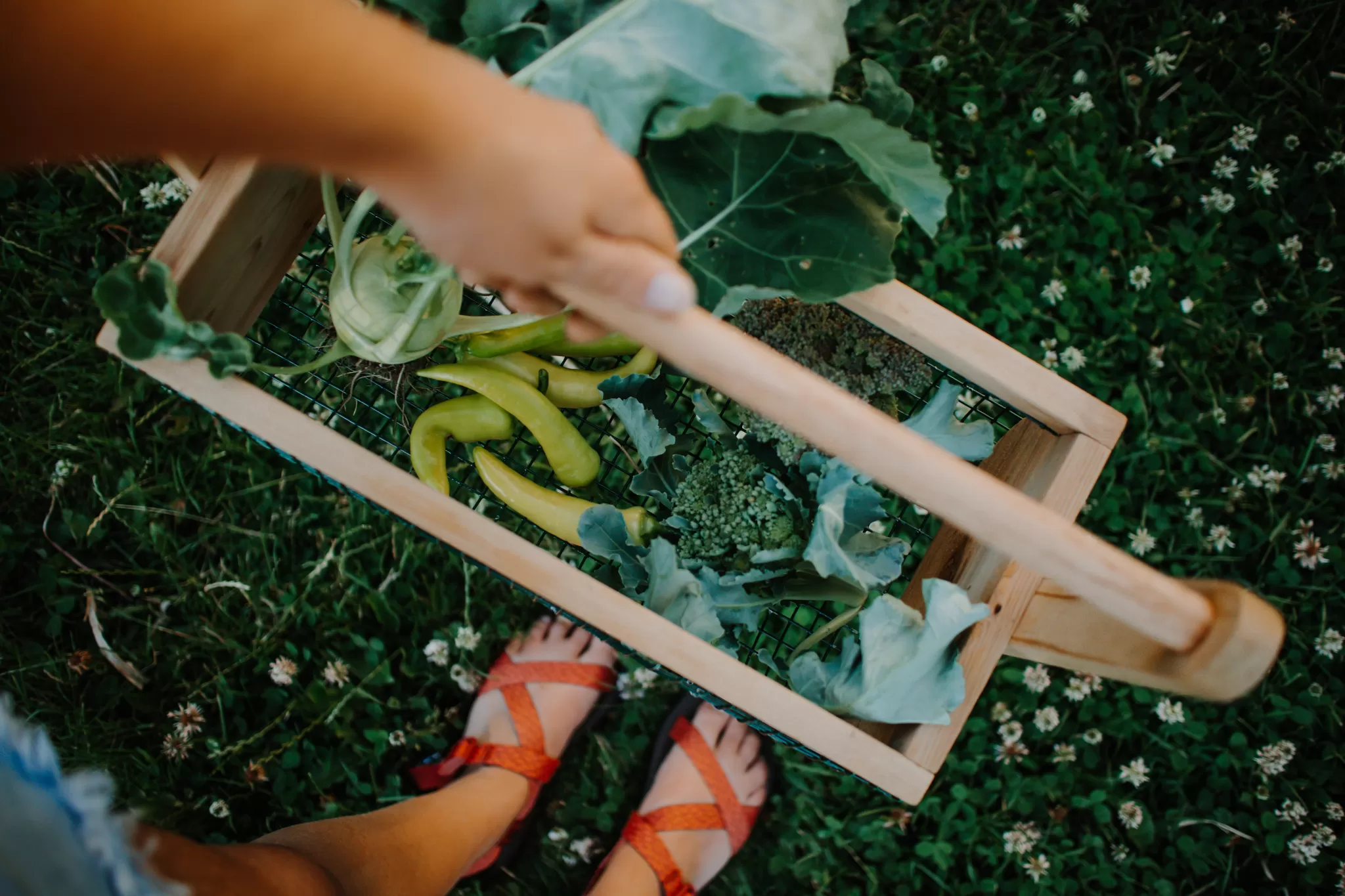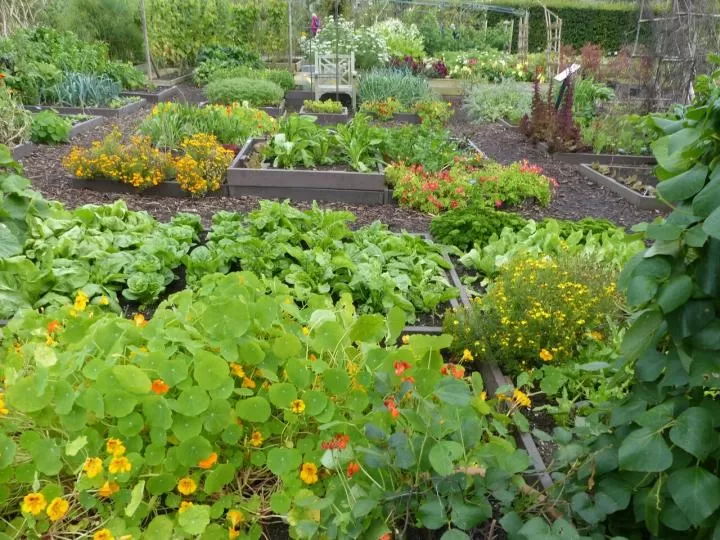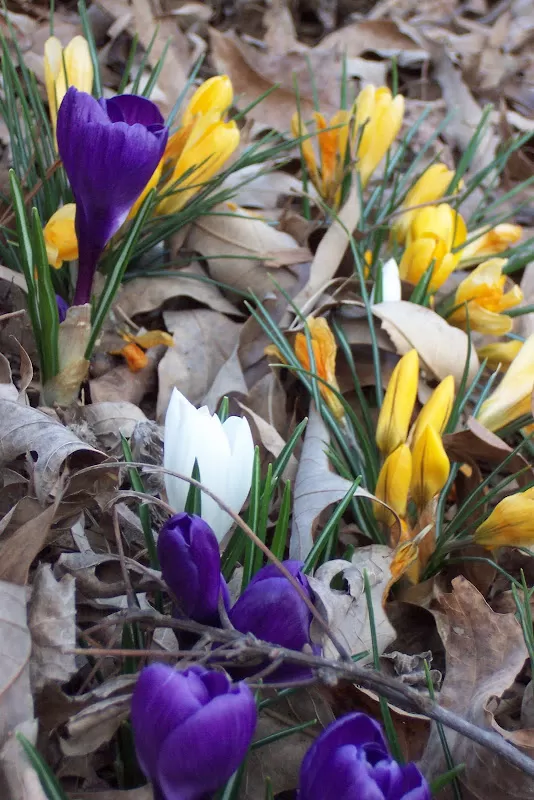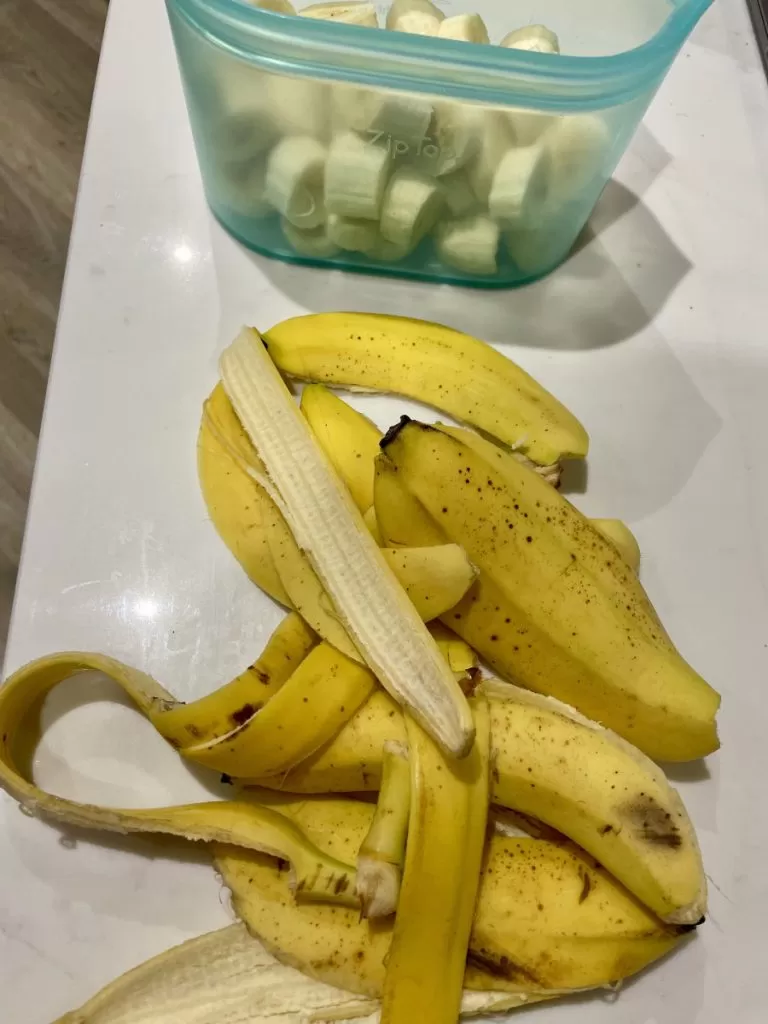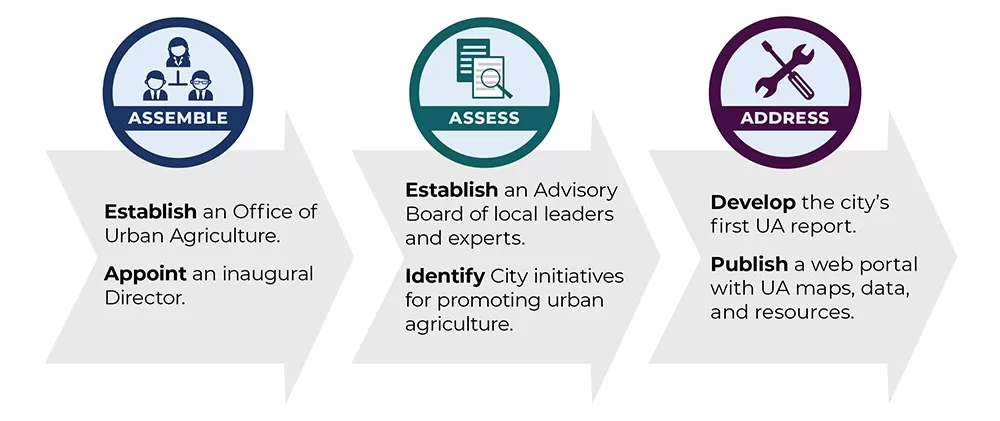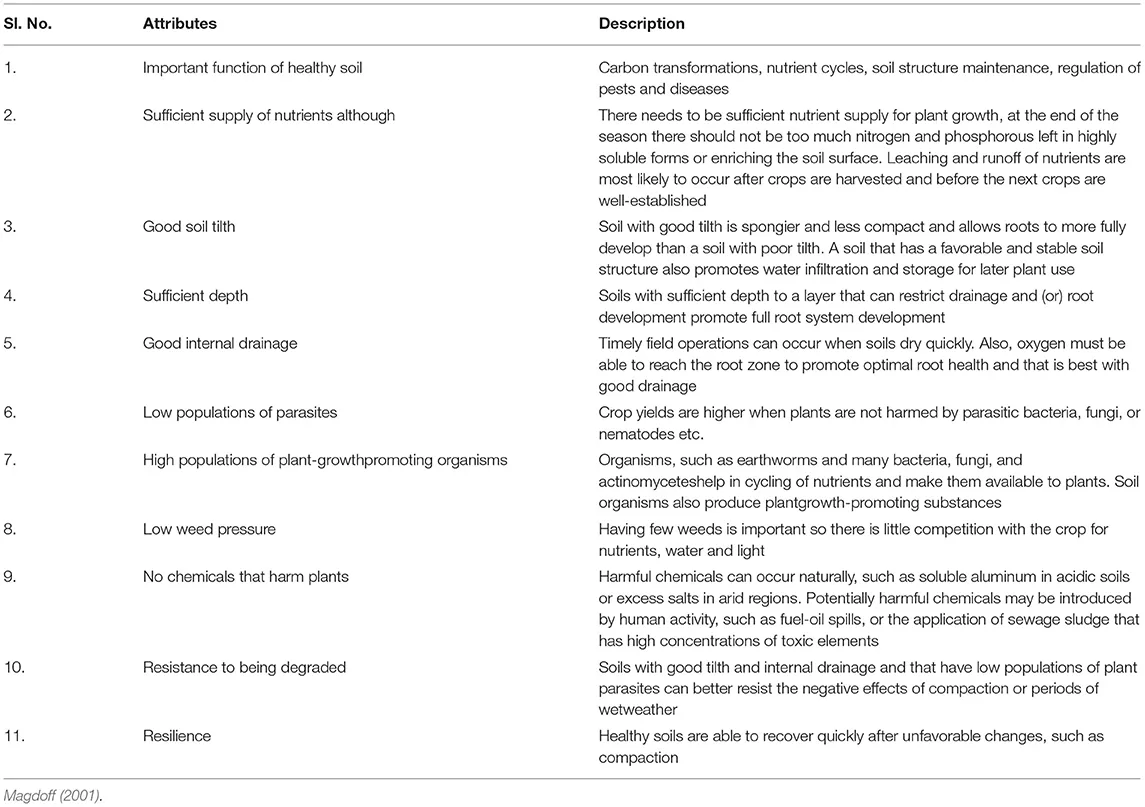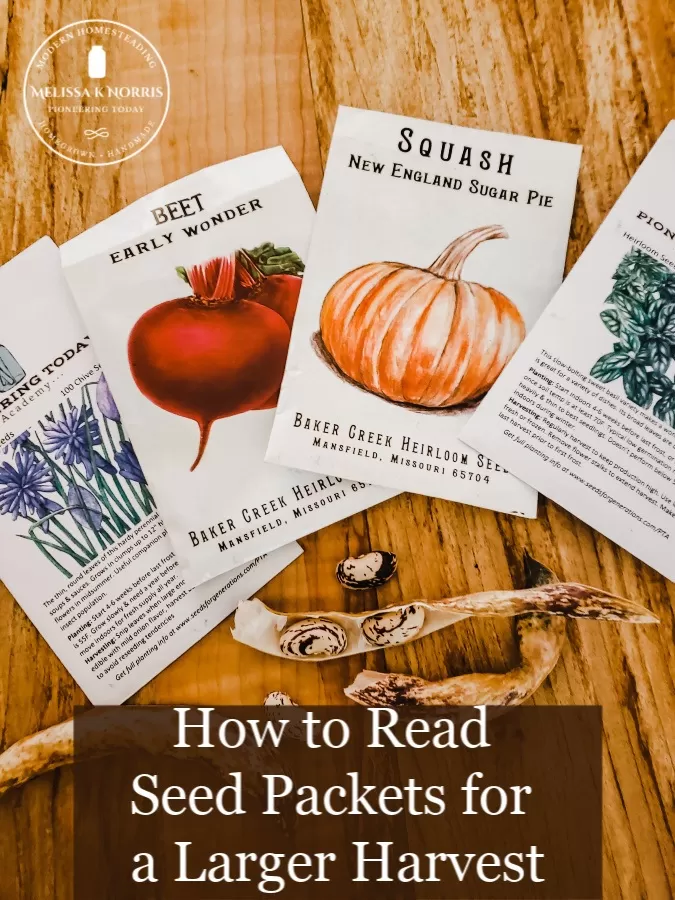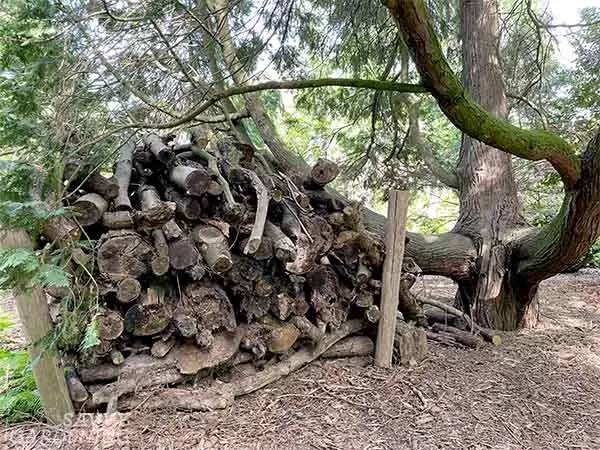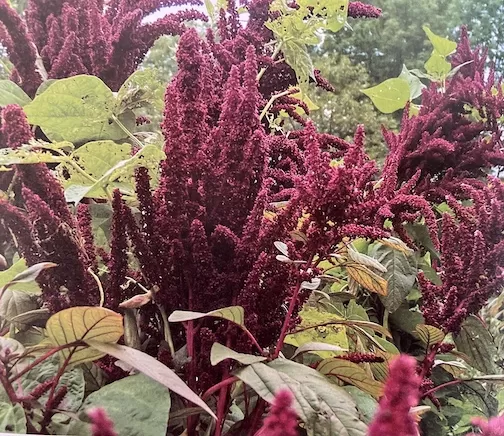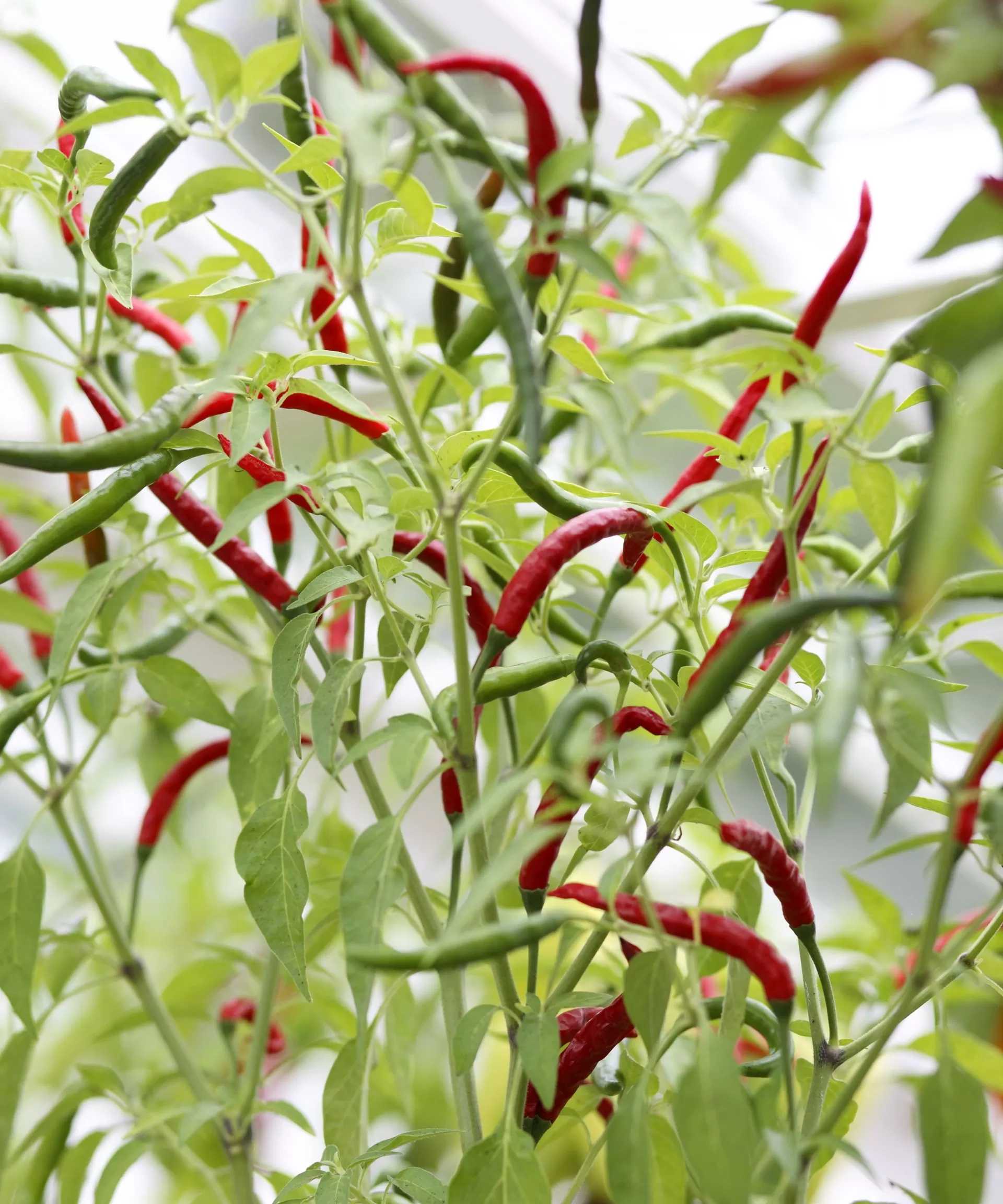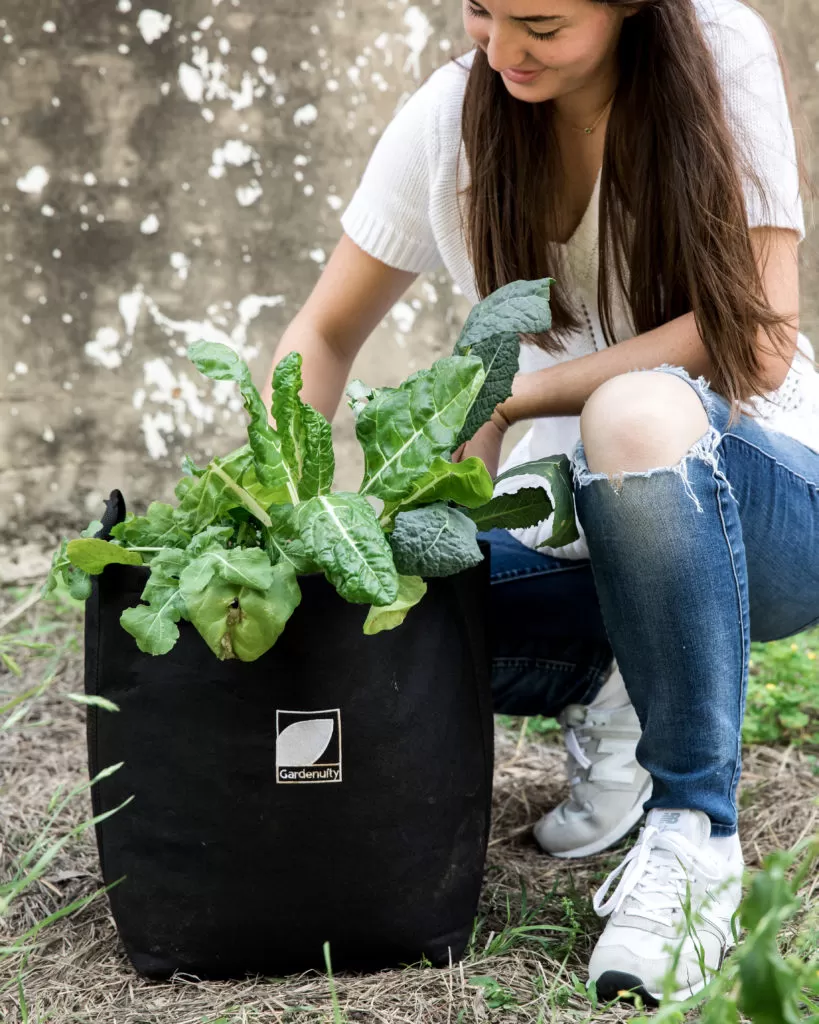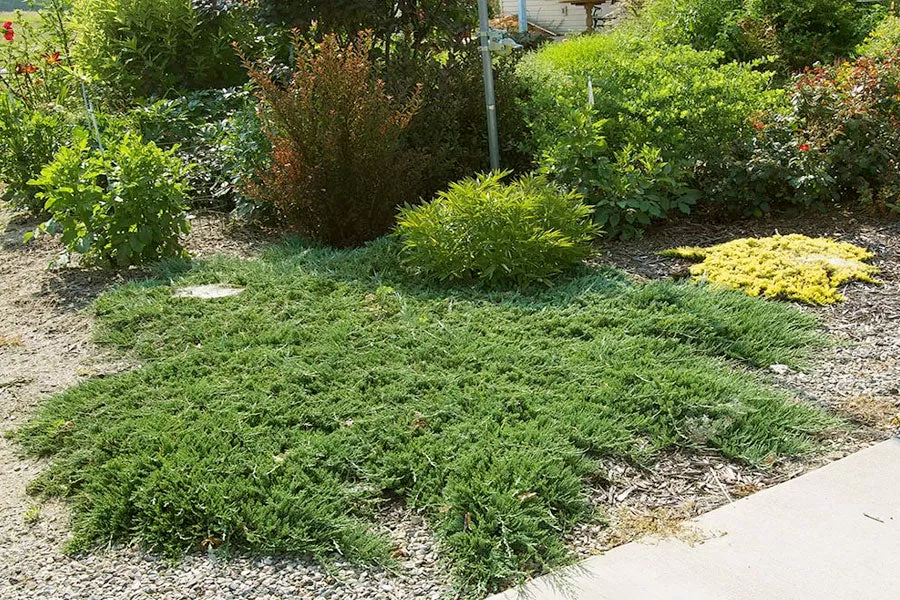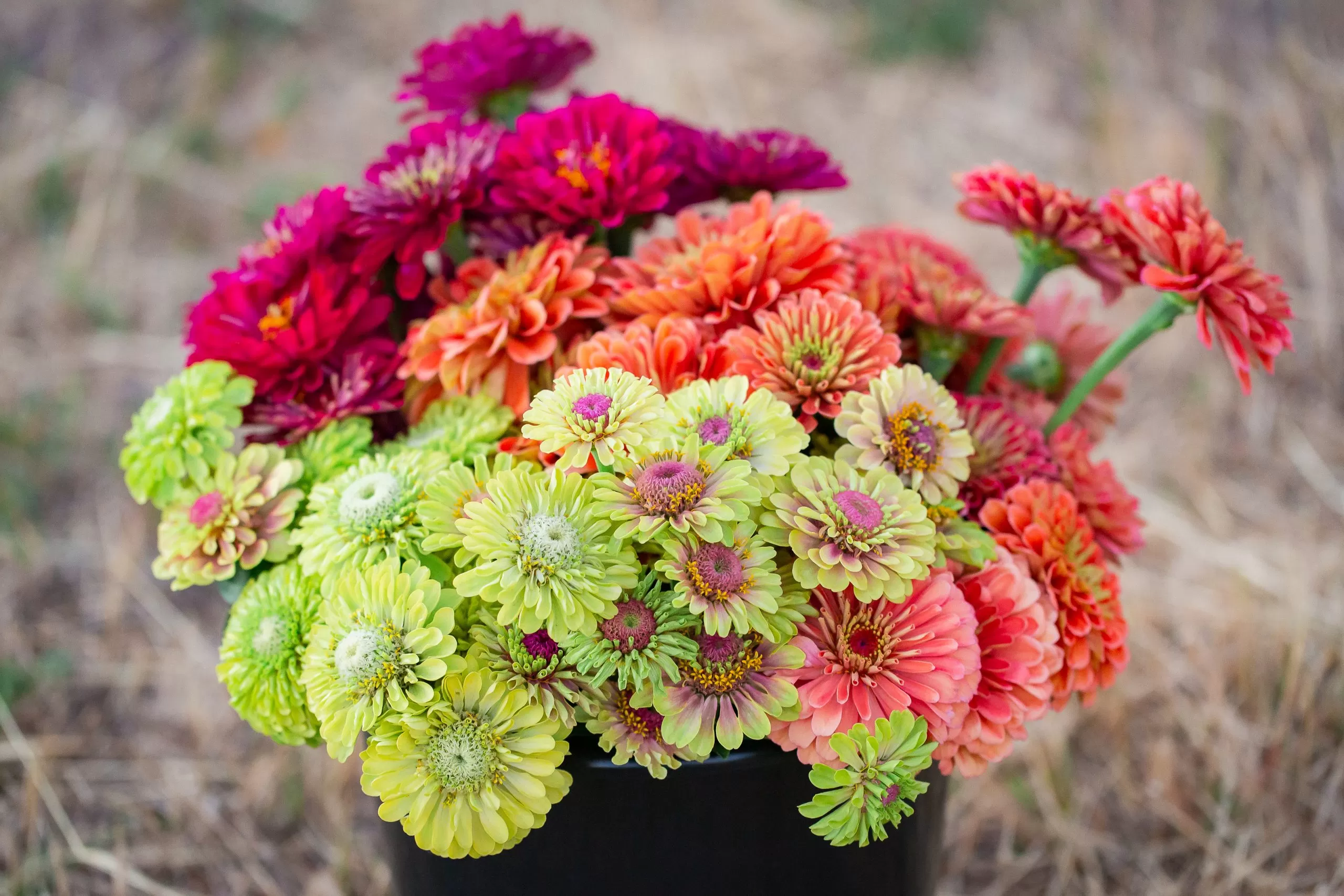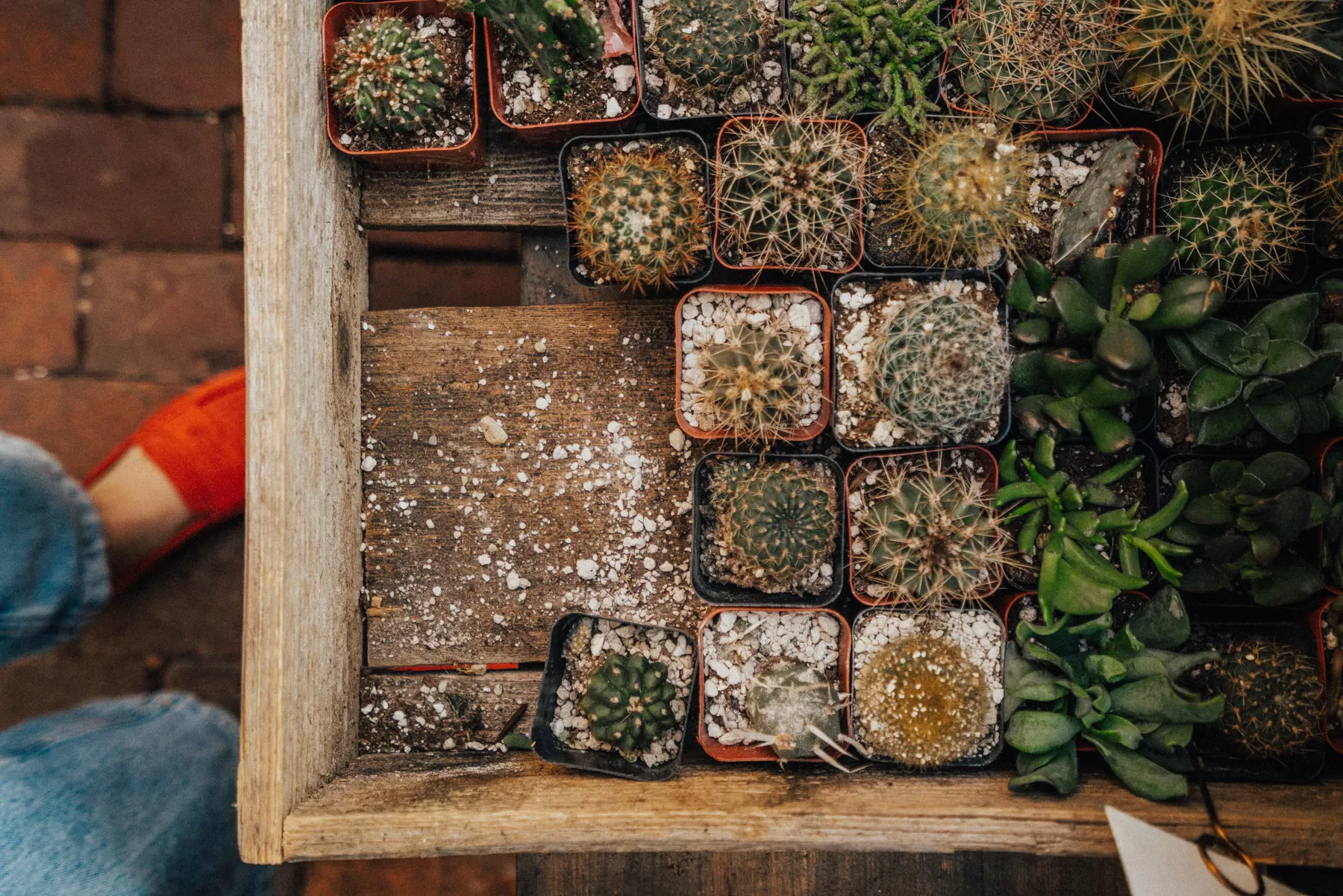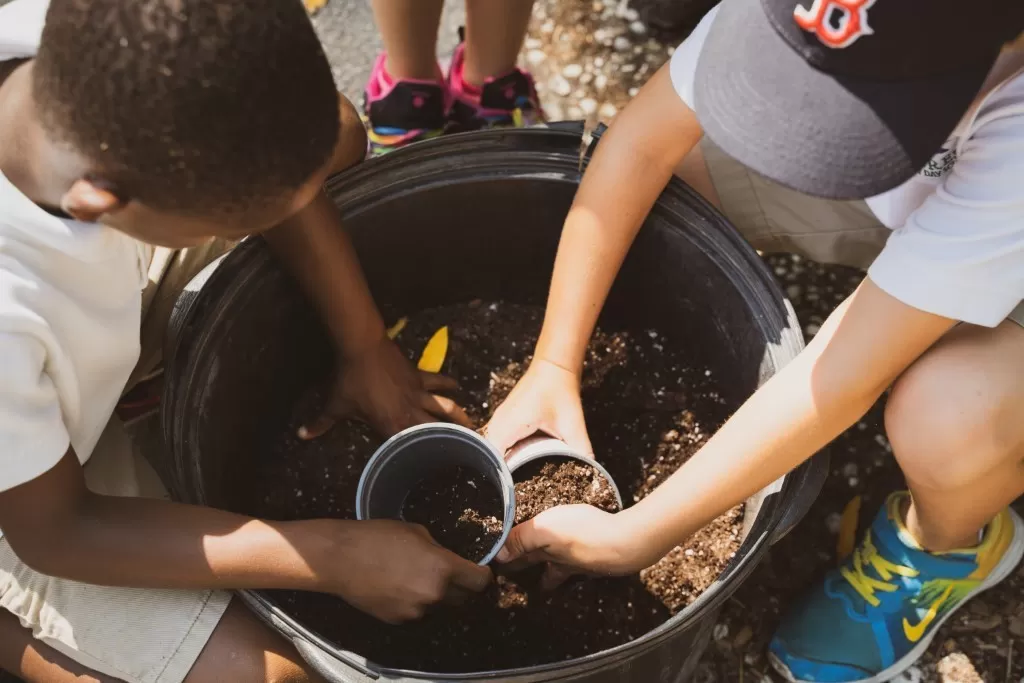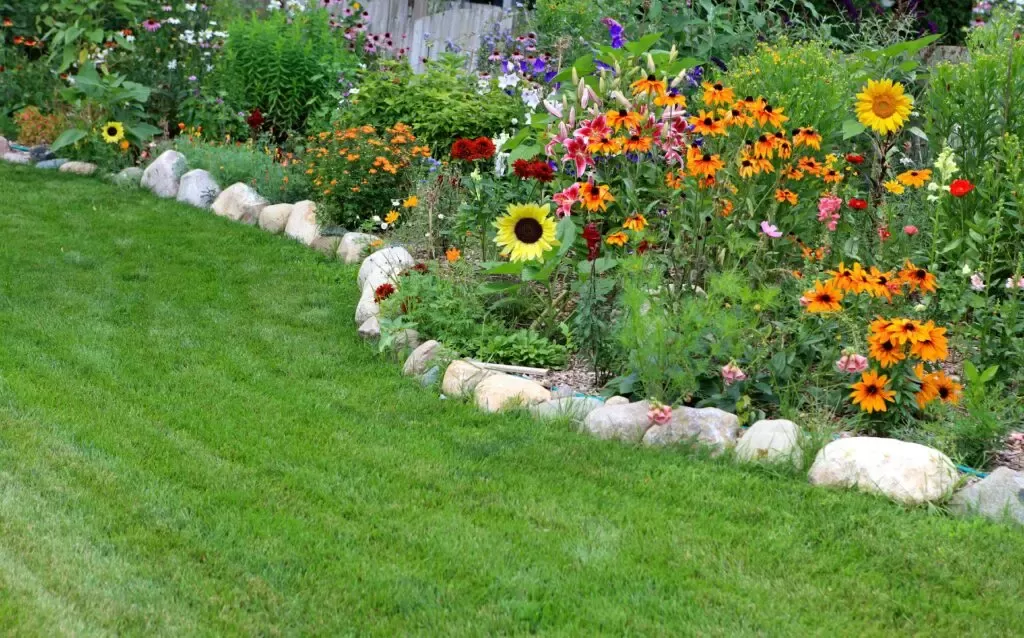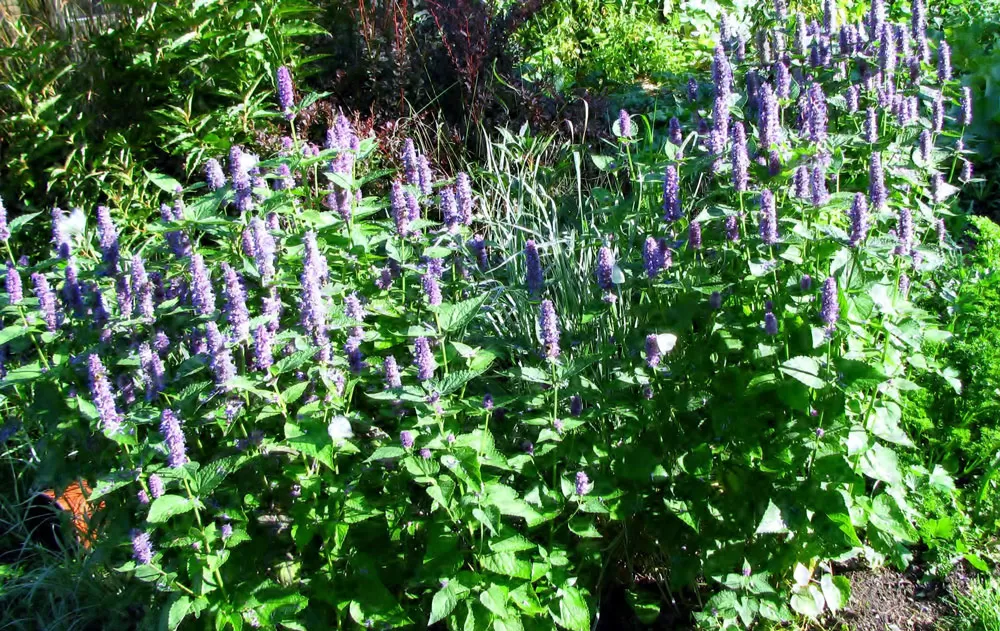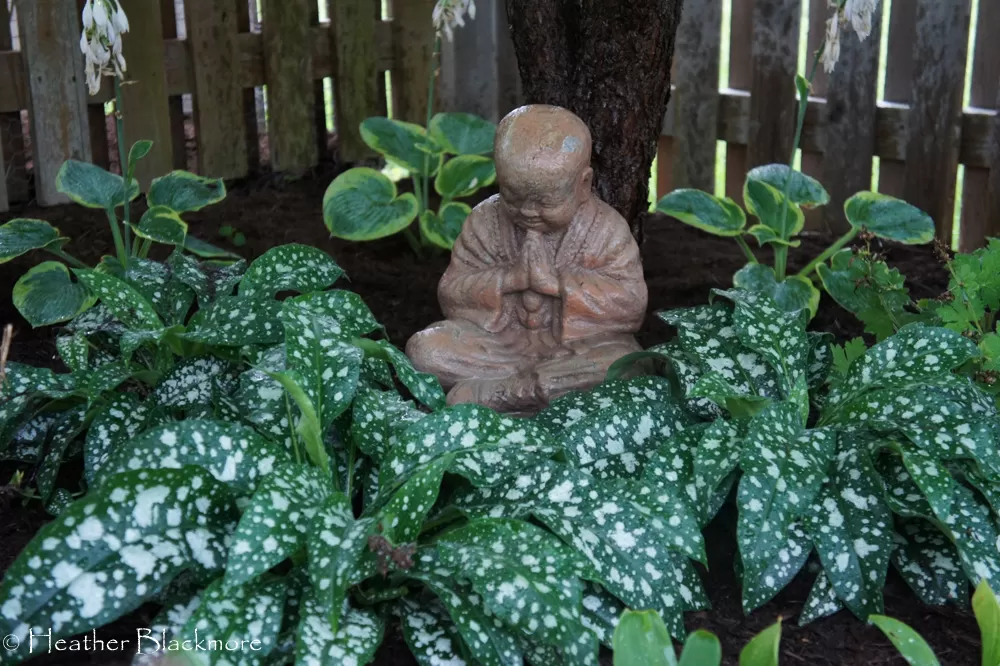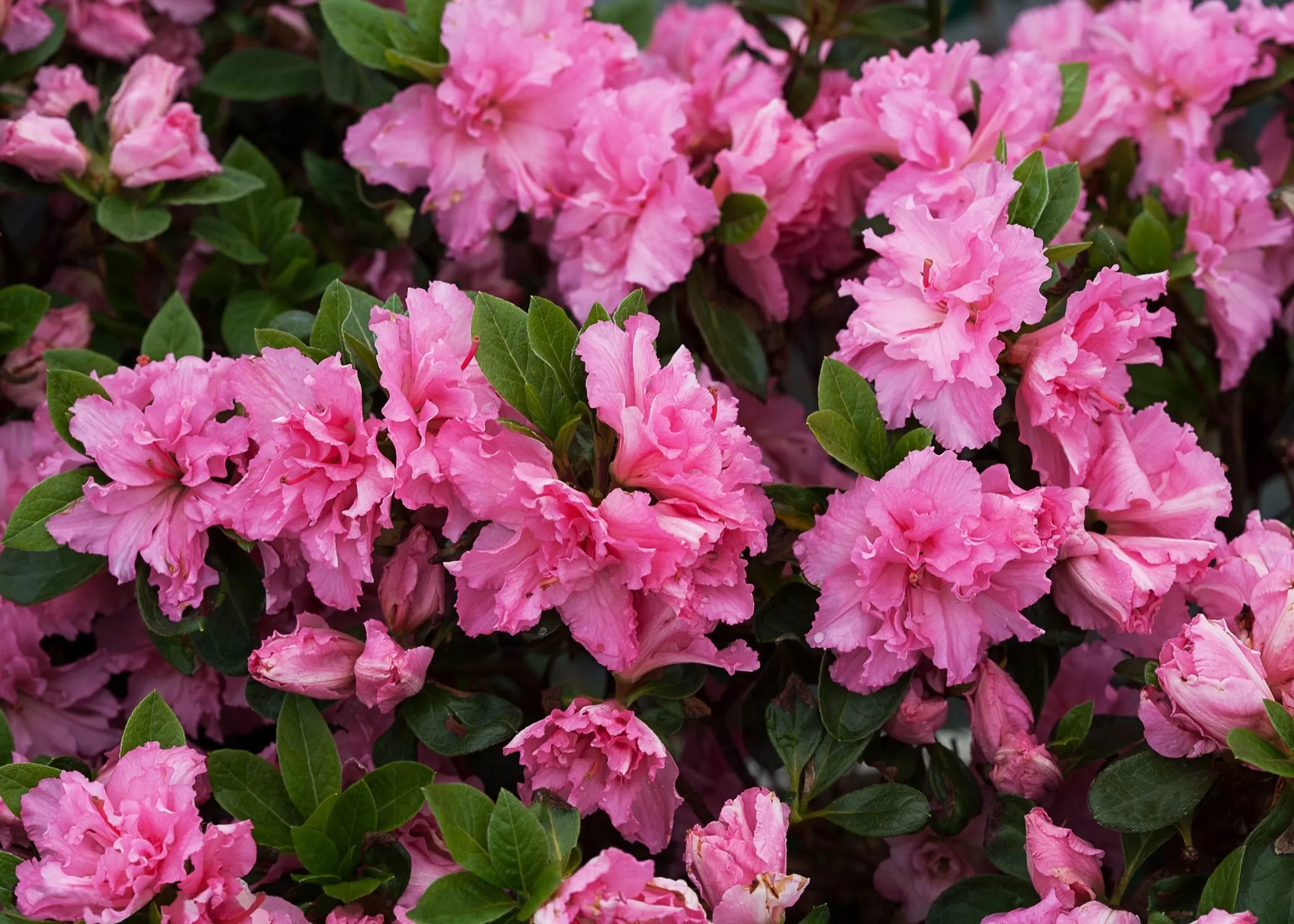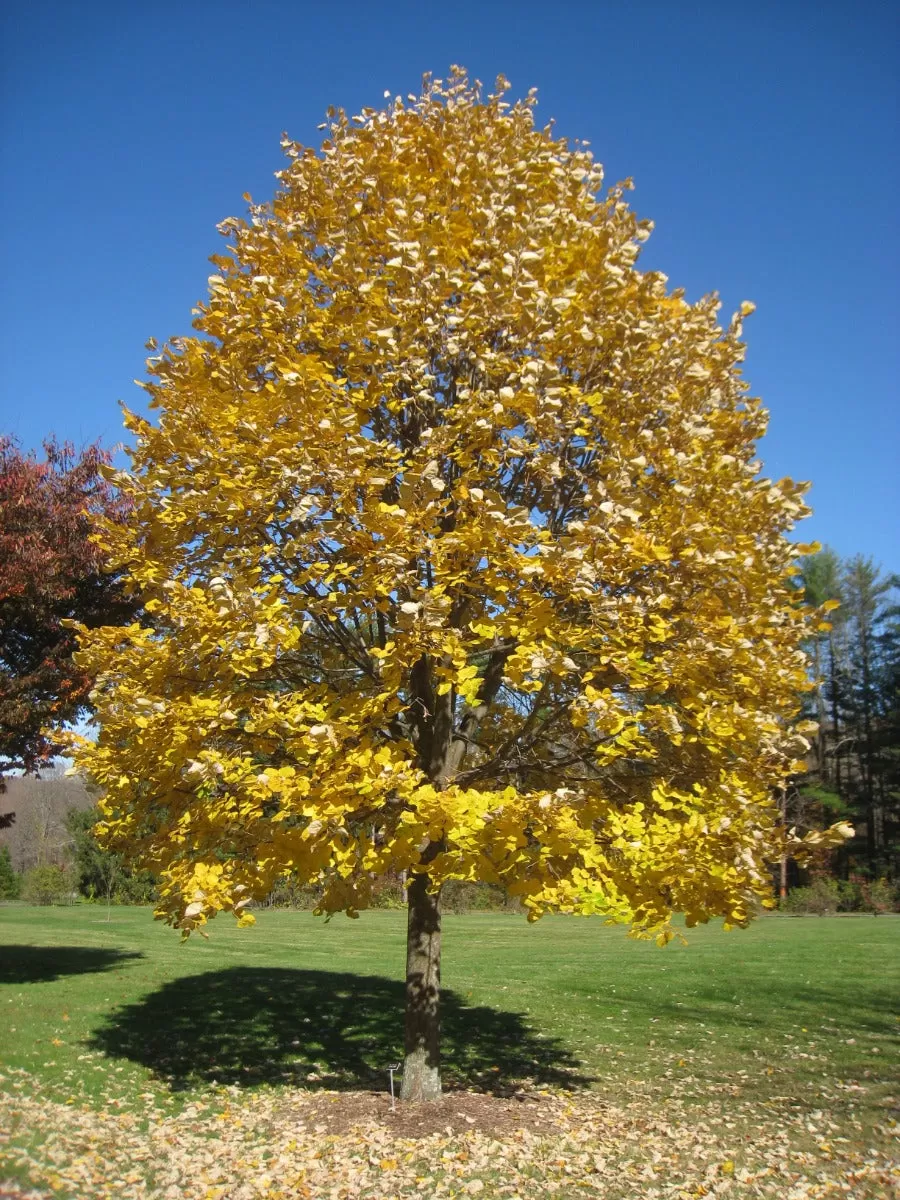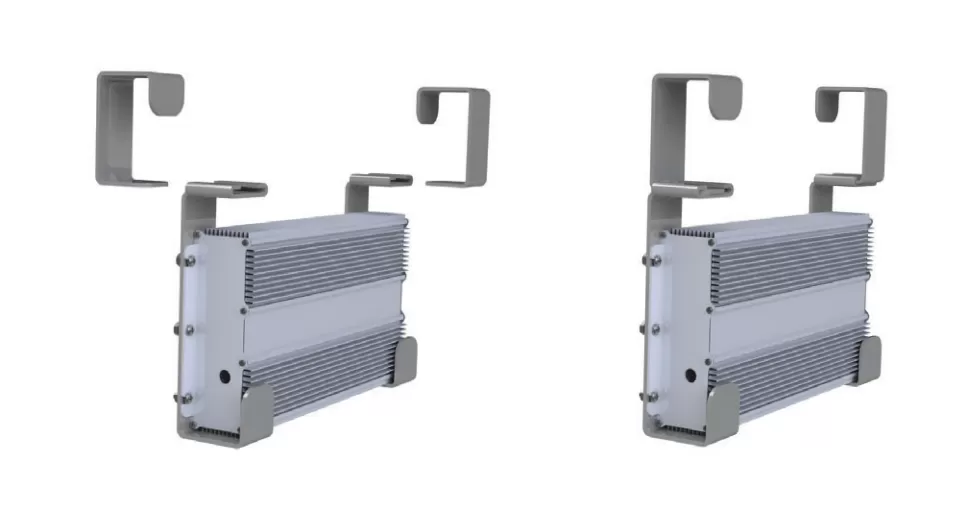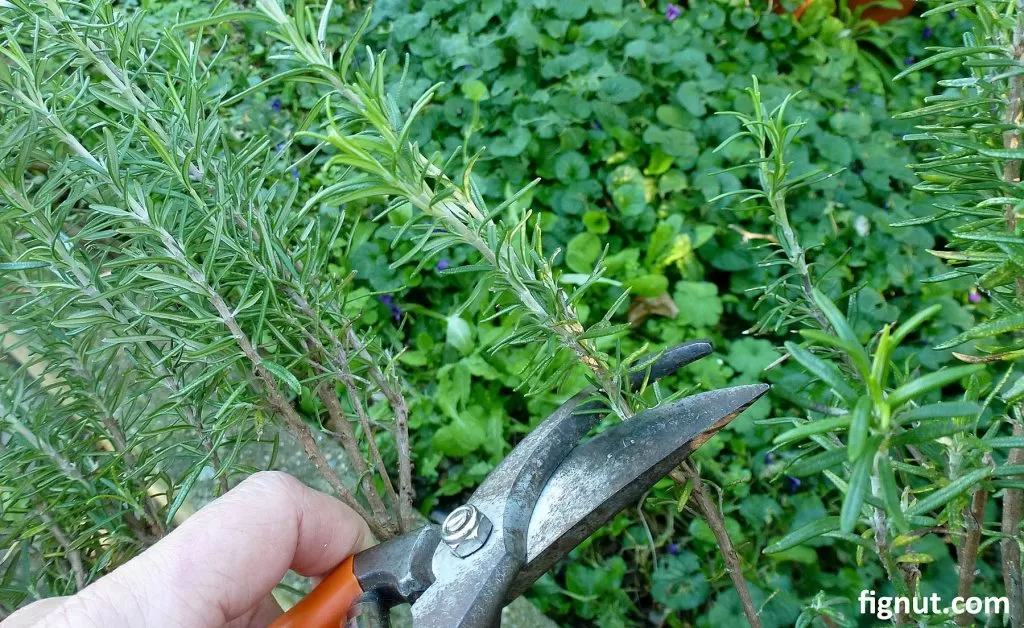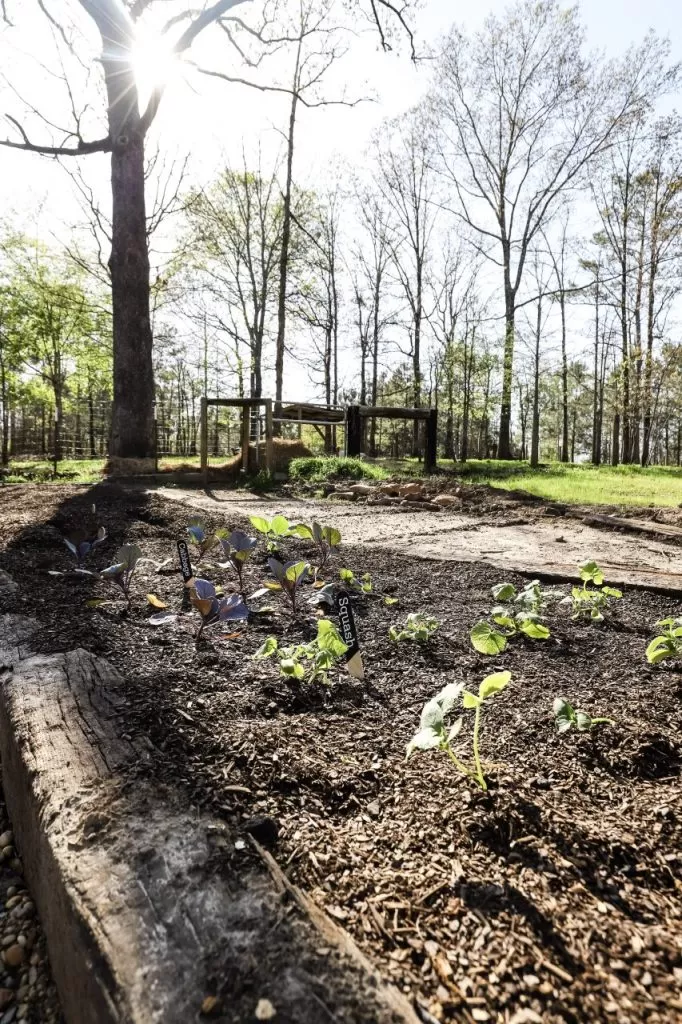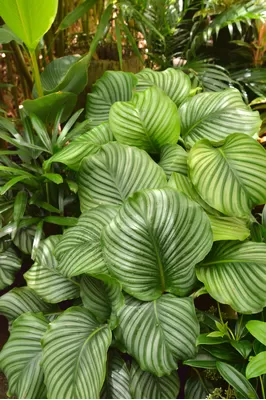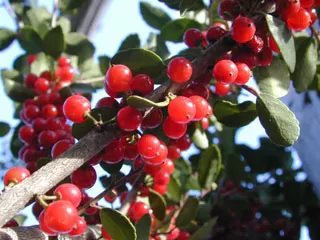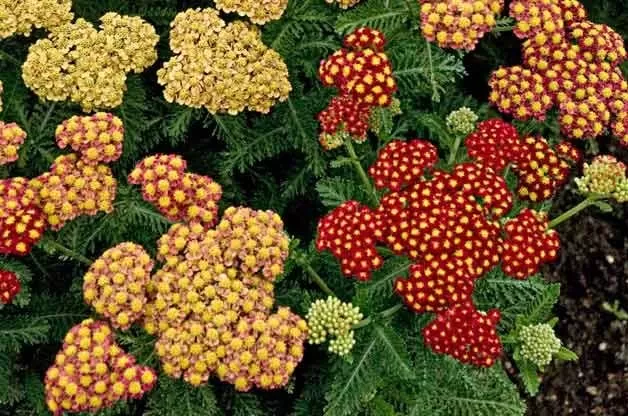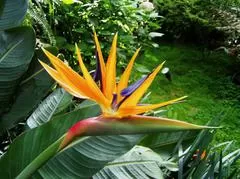- Conserve precious water resources and reduce runoff through smart watering techniques and landscape features.
- Minimize your reliance on fossil fuels by choosing eco-friendly tools and reducing lawn size.
- Transform yard “waste” into valuable resources through composting and recycling.
- Select plants that thrive naturally, require less care, and support local ecosystems.
- Design your garden to work with nature, enhancing energy efficiency and managing stormwater.
- Practice natural, gentle maintenance methods that protect soil health and beneficial wildlife.
Welcome to The Little Garden, where we believe that tending to your piece of the earth can be both incredibly rewarding and deeply responsible. As stewards of our own little patches, we have a unique opportunity to make choices that benefit not just our plants, but the planet too. Sustainable gardening isn’t just a trend; it’s a mindful approach to creating beauty and abundance in a way that conserves resources, reduces waste, and supports biodiversity. It’s about finding harmony between human activity and the natural world right outside our doors. Ready to dig in? Let’s explore simple yet powerful sustainable gardening practices that can transform your yard into a thriving, eco-friendly haven.
Contents
- Watering Wisely: Saving Every Drop
- Smart Irrigation Techniques
- Conserving Soil Moisture
- Reducing Hard Surfaces
- Power Down, Green Up: Reducing Energy and Waste
- Greener Garden Power
- Managing Garden “Waste”
- Planting for the Planet: Thoughtful Plant Selection & Design
- Choosing the Right Plants
- Sustainable Garden Design
- Nurturing Naturally: Eco-Friendly Maintenance
- Healthy Soil is Key
- Natural Pest and Disease Management
- Mindful Lawn Care
Watering Wisely: Saving Every Drop
Water is life, especially for our gardens. Practicing water-wise gardening is fundamental to sustainability. It’s not about depriving your plants, but about using water efficiently and mimicking natural hydrological cycles.
Smart Irrigation Techniques
- Know Your Needs: Lawns typically need only about an inch of water per week, including rainfall. Use a simple rain gauge to track how much nature provides.
- Targeted Watering: Ditch overhead sprinklers that lose water to evaporation and wind. Opt for drip irrigation or soaker hoses, which deliver water directly to the plant roots where it’s needed most.
- Right Time, Right Place: Water early in the morning to reduce evaporation and allow plants to hydrate before the heat of the day. Position hoses or emitters carefully to avoid watering pavements or gutters.
Conserving Soil Moisture
- Mulch is Your Friend: Apply a layer of organic mulch (like shredded bark, compost, or straw) around plants. This acts like a blanket, keeping soil cool, reducing evaporation, suppressing weeds (which compete for water), and improving soil structure over time.
- Catch the Rain: Install a rain barrel connected to your downspout. This collects free, chlorine-free water perfect for irrigating plants. It also helps reduce stormwater runoff from your roof.
- Embrace Rainscaping: Design features like rain gardens or shallow depressions called swales to capture and hold rainwater runoff from hard surfaces like driveways or roofs. This allows water to slowly percolate into the ground, replenishing groundwater and preventing it from carrying pollutants into storm drains.
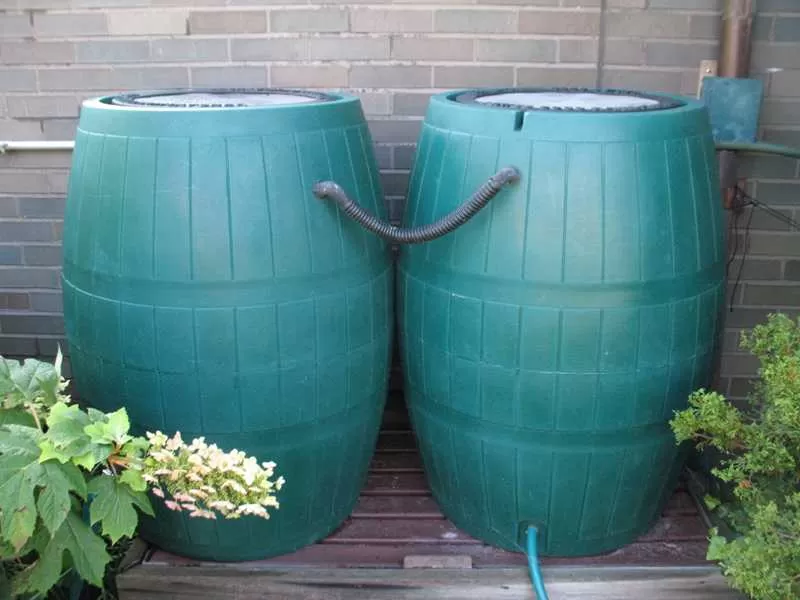 A brown rain barrel stands on a stone patio with a green hose coiled nearby.
A brown rain barrel stands on a stone patio with a green hose coiled nearby.
Reducing Hard Surfaces
- Replace unnecessary paved areas with permeable materials like gravel, porous pavers, or simply turn them into garden beds. This allows rain and irrigation water to soak into the ground instead of running off.
Power Down, Green Up: Reducing Energy and Waste
Our gardens require energy – from powering tools to transporting materials. Making conscious choices about how we maintain our spaces can significantly reduce our environmental footprint. Managing yard “waste” properly turns potential problems into valuable resources.
Greener Garden Power
- Minimize Mowing: Reduce the size of your lawn, opting instead for garden beds filled with shrubs or low-maintenance perennials. The smaller the lawn, the less you’ll need to mow.
- Choose Eco-Friendly Tools: Service your gas-powered tools regularly for peak efficiency. Better yet, consider switching to electric or manual alternatives. Electric mowers and blowers produce fewer emissions than their gas counterparts, and a good old-fashioned push mower or broom uses zero fuel and provides a great workout!
- Hand Power: Many tasks are best done by hand. Pulling weeds manually is often more effective than spraying chemicals, and a little hand digging can be surprisingly satisfying.
Managing Garden “Waste”
- Let Grass Clippings Lie: Most lawn mowers today have a mulching function. Leaving grass clippings on the lawn returns valuable nutrients and organic matter to the soil. Don’t worry, they don’t cause thatch!
- Compost Kitchen & Yard Scraps: Set up a compost pile! This is perhaps one of the most impactful sustainable gardening practices. Kitchen scraps (vegetable peels, coffee grounds) and yard waste (leaves, grass clippings, plant trimmings) decompose into “black gold” – a nutrient-rich soil amendment that improves drainage, aeration, and fertility. Never send leaves or yard waste to a landfill if composting or local recycling is an option.
- Reuse and Recycle: Give plastic and clay pots a second life. Reuse them for planting or propagation. When they finally reach the end of their lifespan, explore local options for recycling plastic garden pots.
Planting for the Planet: Thoughtful Plant Selection & Design
The plants we choose and how we arrange them have a huge impact on our garden’s sustainability. The right plants in the right places thrive with less intervention, and thoughtful design can reduce energy consumption and manage water naturally.
Choosing the Right Plants
- Go Native: Native plants are adapted to your local climate and soil conditions, making them incredibly low-maintenance. They require less water, fertilizer, and pest control than many non-native species. Plus, they provide essential food and habitat for local wildlife like pollinators and birds.
- Embrace Drought Tolerance: Select plants known for their ability to withstand dry periods, especially in areas prone to water restrictions.
- Promote Diversity: A diverse garden with a variety of plant types attracts beneficial insects, birds, and other creatures, creating a more stable ecosystem that is less susceptible to widespread pest or disease outbreaks. It also contributes to preserving genetic diversity.
- Avoid Invasives: Be vigilant about avoiding invasive plant species. These aggressive plants can outcompete natives, disrupt ecosystems, and are often difficult to control.
Sustainable Garden Design
- Strategic Tree Planting: Plant deciduous trees on the south and west sides of your home. In summer, their leaves provide shade, cooling your house and reducing air conditioning costs. In winter, once the leaves fall, they allow warming sunlight to reach your home.
- Windbreaks: Plant evergreen trees or shrubs in a dense row on the side of prevailing winter winds to create a windbreak. This can significantly reduce heating costs.
- Permeable Paths & Patios: As mentioned earlier, choosing permeable materials for walkways and patios allows water to soak into the ground.
- Sustainable Materials: When building garden structures like decks or fences, choose materials from sustainable sources, such as wood certified by the Forest Stewardship Council (FSC).
Nurturing Naturally: Eco-Friendly Maintenance
Sustainable gardening extends to how we maintain our plants and soil. By working with nature rather than against it, we can minimize the need for chemicals and promote long-term health.
Healthy Soil is Key
- Soil Testing: Before adding fertilizers or soil amendments, get a soil test. This tells you exactly what your soil needs. Applying unnecessary or incorrect nutrients is wasteful and can lead to runoff pollution.
- Feed the Soil, Not Just the Plant: Focus on building healthy soil structure and fertility through the addition of organic matter like compost. Healthy soil supports strong plant growth, making them less susceptible to pests and diseases.
Natural Pest and Disease Management
- Tolerate Minor Damage: A few chewed leaves or a touch of leaf spot are often cosmetic and won’t harm the plant long-term. Learn to identify common issues and understand when intervention is truly necessary.
- Encourage Beneficials: Create a welcoming environment for beneficial insects (like ladybugs and lacewings that eat aphids) and other predators (like birds and frogs). Avoid broad-spectrum pesticides that kill the good bugs along with the bad.
- Choose Least Toxic Options: If you must intervene, explore organic or least toxic control methods first. Often, simple remedies like insecticidal soap or horticultural oil can solve the problem without harming beneficials or the environment.
Mindful Lawn Care
- Mow High: Keeping your grass slightly longer encourages deeper roots, making the lawn more drought-tolerant and better able to outcompete weeds.
- Sharp Blades: A sharp mower blade cuts grass cleanly, leading to healthier blades that are less prone to disease.
- Learn to Love a Few Weeds: Aim for a healthy, dense lawn that naturally suppresses weeds rather than striving for absolute perfection through constant chemical application.
Sustainable gardening is a journey, not a destination. Every small step you take – from collecting rainwater to composting kitchen scraps or planting a native flower – makes a difference. It’s about building a relationship with your garden where you give back as much as you take, creating a beautiful, resilient, and truly living space.
What sustainable practice are you excited to try next? Share your thoughts in the comments below! Ready to learn more? Explore other articles on Thelittle.garden for tips, inspiration, and guides to help you cultivate your own sustainable paradise.

